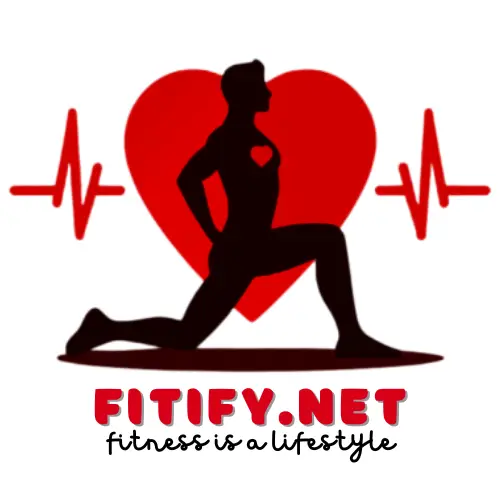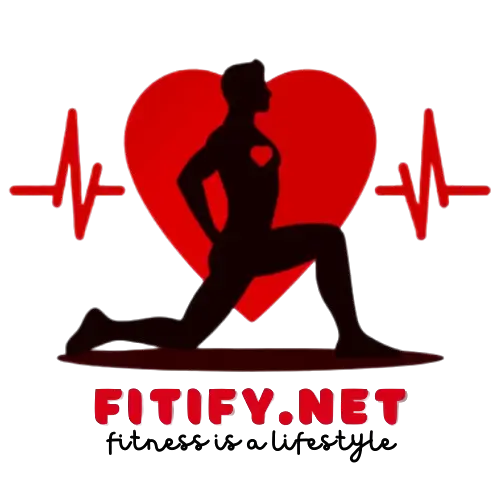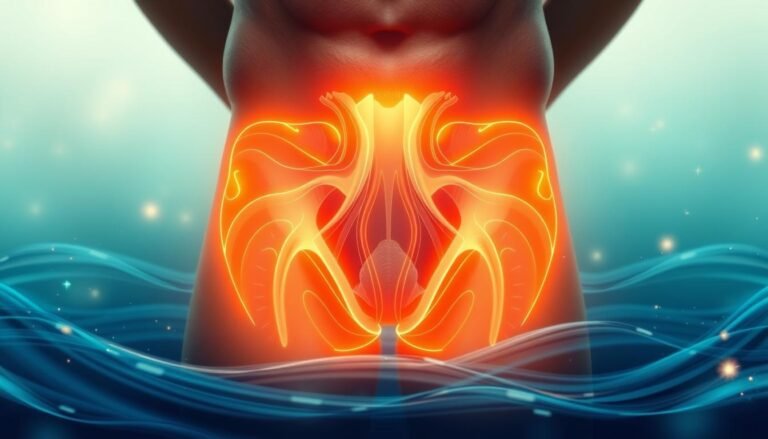Did you know that the right amount of protein after a workout boosts muscle growth? Athletes should aim for about 1.6 grams of protein per kilogram of body weight daily. This helps repair and rebuild muscles. Proper recovery is key to staying at the top of your game, easing muscle soreness, and avoiding injuries.
In this article, we’ll dive into the best tips for post workout recovery. These strategies will help you improve your athletic performance and reach new heights.
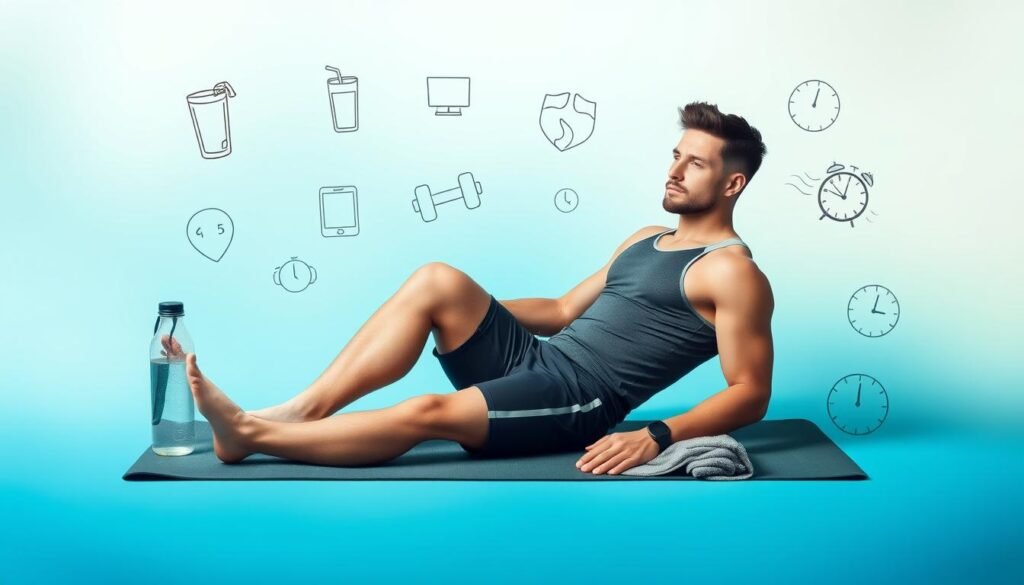
Key Takeaways
- Replenish protein and carbohydrates after exercise to support muscle repair and energy restoration.
- Stay hydrated by drinking 1.5 liters of fluid for every kilogram of body weight lost during exercise.
- Prioritize quality sleep, as it plays a crucial role in muscle recovery and hormone production.
- Incorporate active recovery techniques, such as light exercise and massage, to promote blood flow and reduce muscle soreness.
- Avoid recovery-inhibiting factors like stress, alcohol, and smoking to optimize your body’s natural healing process.
Understanding the Science Behind Muscle Recovery
Working out hard can hurt your muscles, making them sore and uncomfortable. But, our bodies can fix and grow back these damaged muscles. This is called muscle recovery. It’s all about how muscles get hurt and then heal through protein making.
Muscle Damage and Repair Process
Doing intense exercises, like lifting weights or sprinting, can hurt muscle fibers. These small tears are normal and help our muscles get stronger. Right after, our body starts fixing the damage by getting rid of the bad tissue and starting the healing.
Role of Protein Synthesis
Protein making is key in fixing muscles after a workout. After we exercise, our body makes more muscle proteins. These proteins help fix and grow the muscles. This is important for making muscles stronger and more durable over time.
Recovery Timeline for Different Training Intensities
How long it takes for muscles to recover depends on how hard you worked out. Light exercises might need just 24 hours to recover. But, harder workouts, like heavy lifting, might take 2-3 days or more. Things like how well you sleep, what you eat, and how stressed you are can also affect recovery.
Knowing how muscles recover helps athletes plan better to recover after working out. This lets them train harder, recover quicker, and reach their fitness goals.
Discover how Max Heart Rate affects recovery—read the full guide now!
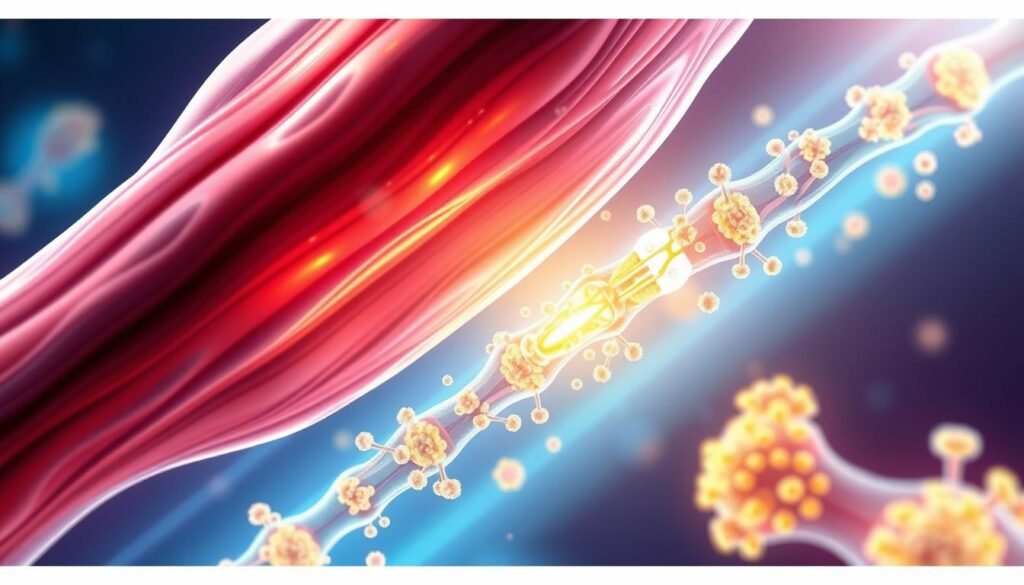
| Workout Intensity | Recovery Timeline |
|---|---|
| Light Workouts | 24 hours |
| Intense Resistance Training | 2-3 days or more |
Post Workout Recovery: Nutrition Fundamentals
Proper nutrition after working out is key for muscle recovery and better performance. Eating the right mix of post workout nutrition, like protein and carbs, helps refill glycogen stores. It also aids in muscle repair and prepares you for your next workout.
The International Society of Sports Nutrition (ISSN) says to eat 20 to 40 grams of protein every 3 to 4 hours. This boosts exercise performance, muscle recovery, and body shape. They also recommend a high-carb diet of 3.6 to 5.5 grams of carbs per pound of body weight daily. This maximizes glycogen stores.
Timing is everything in post workout nutrition. The ISSN suggests eating 0.4 grams of carbs per pound of body weight within 4 hours after working out. This speeds up glycogen restoration. Studies show that combining protein and carbs after a workout boosts recovery, muscle growth, and injury prevention.
| Nutrient | Recommended Amount |
|---|---|
| Protein | 20-40 grams every 3-4 hours |
| Carbohydrates | 3.6-5.5 grams per pound of body weight daily, with 0.4 grams per pound within 4 hours post-workout |
Eating a balanced diet with fruits, vegetables, lean proteins, and healthy fats supports recovery and health. Remember, proper post workout nutrition and timing are vital for muscle repair and glycogen replenishment. They help you succeed in your next workout.

Hydration Strategies for Optimal Recovery
Drinking enough water is key for muscle recovery and performance. Athletes should drink about 1.5 liters of water for every kilogram of body weight lost during exercise. It’s also important to replace lost electrolytes like sodium, potassium, and magnesium. These help prevent muscle cramps and aid in recovery.
Timing and Amount of Fluid Intake
When you drink water matters a lot. It’s best to stay hydrated all day and during workouts. Drink 16 ounces of water 2-4 hours before exercising.
During your workout, aim for 8-16 ounces of water per hour. Adjust this based on your body size, how hard you’re working, and the weather.
Benefits of Cherry Juice and Recovery Drinks
Studies have shown that cherry juice can help reduce inflammation and muscle soreness after exercise. Recovery drinks offer a convenient way to get hydrated and essential nutrients. They help support muscle recovery.
| Nutrient/Ingredient | Benefits |
|---|---|
| Cherry Juice | Reduces inflammation and muscle soreness |
| Electrolytes (sodium, potassium, magnesium) | Prevents muscle cramps, aids in hydration |
| Carbohydrates | Replenishes glycogen stores, provides energy |
| Protein | Supports muscle repair and growth |
By using these hydration strategies and recovery drinks, athletes can improve their post-workout rehydration, electrolyte replenishment, and overall recovery.
Essential Nutrients for Muscle Repair
Fueling your body with the right nutrients is key for muscle recovery after a tough workout. Protein, carbohydrates, and anti-inflammatory nutrients are crucial.
Protein is vital for fixing and growing muscle. Studies suggest eating protein at regular intervals boosts muscle growth better than uneven intake.1 Adding protein powder to your diet can help meet your protein needs.
Carbohydrates are important for refilling glycogen stores used during exercise. Eating fiber-rich carbs also helps manage weight during recovery.2
Anti-inflammatory nutrients like omega-3s, vitamin C, zinc, and vitamin D help reduce inflammation and aid in tissue repair.3,4,5 Creatine monohydrate also boosts strength and aids in recovery.
Eating a balanced diet with nutrient-dense foods is essential for muscle repair and recovery. Timing your intake of protein, carbs, and other nutrients can further enhance the recovery process.
| Nutrient | Role in Muscle Repair | Food Sources |
|---|---|---|
| Protein | Rebuilds and repairs muscle tissue | Lean meats, poultry, fish, eggs, dairy, legumes |
| Carbohydrates | Replenishes glycogen stores | Whole grains, fruits, vegetables |
| Omega-3 Fatty Acids | Reduces inflammation | Fatty fish, walnuts, flaxseeds |
| Vitamin C | Supports collagen production and wound healing | Citrus fruits, bell peppers, tomatoes |
| Zinc | Aids in tissue repair and immune function | Oysters, red meat, poultry, whole grains |
| Vitamin D | Enhances recovery and calcium absorption | Fatty fish, egg yolks, fortified foods |
| Creatine | Improves muscular strength and recovery | Meat, poultry, fish |
By focusing on a nutrient-rich diet and strategic supplements, you can support your body’s natural muscle repair and recovery. This helps you recover faster and stronger from your workouts.
“Proper nutrition is essential for athletes to maximize their recovery and performance. A balanced diet with the right macronutrients and micronutrients can make a significant difference in how quickly the body can repair and rebuild muscle tissue.”
Sleep and Recovery Connection
Quality sleep is key for athletes to recover and perform well. Up to 65% of elite athletes face sleep issues. Poor sleep harms muscle repair, hormone balance, and recovery.
Sleep Duration Requirements for Athletes
Experts say elite athletes need at least 9 hours of sleep each night. More sleep leads to better muscle recovery and performance. It helps athletes sprint faster, shoot more accurately, and feel less tired during the day.
Quality Sleep Optimization Tips
- Maintain a consistent sleep schedule, even on non-training days
- Create a dark, cool, and quiet sleeping environment
- Limit screen time and blue light exposure before bed
- Incorporate stress management techniques, like meditation, to promote better sleep quality
Impact on Hormone Production
Good sleep helps produce important hormones like growth hormone and testosterone. These hormones are vital for muscle repair and recovery. But, not getting enough sleep can mess up hormone levels, slowing down recovery.
| Sleep Metric | Recommendation |
|---|---|
| Total Sleep Time | 7-9 hours per night for adults |
| REM Sleep | Approximately 25% of total sleep time |
By focusing on quality sleep, athletes can recover better, boost hormone levels, and perform better overall.
Active Recovery Techniques and Benefits
As athletes, we all know how crucial recovery is after a tough workout. But did you know active recovery is a key tool? It involves doing light exercises during rest to boost blood flow and help recover.
Research shows active recovery has many benefits. It helps clear out lactate, reduces muscle soreness, and keeps muscles flexible. A 2018 study found it can reduce lactic acid, increase blood flow, remove waste, and lessen muscle tears and pain.
Examples of active recovery include easy swimming, light jogging, or gentle yoga. These light exercises keep you fit and prevent losing condition during rest. While some studies are mixed, many athletes feel better and less stiff after using it.
But, active recovery might not be right for everyone, like those with sports injuries. It could cause more harm and make recovery longer. For them, passive recovery might be better.
Adding active recovery to your training can change the game. It helps you recover faster and perform better. Whether you’re a weekend athlete or a pro, active recovery is worth trying for your health and fitness.
| Active Recovery Exercise | Benefits |
|---|---|
| Walking | Improves circulation, reduces anxiety, and boosts memory |
| Swimming | Reduces inflammation, prevents sore muscles, and improves next-day performance |
| Foam Rolling | Reduces delayed-onset muscle soreness after high-intensity interval training |
“Incorporating active recovery exercises on rest days can alleviate soreness and help maintain muscle flexibility.”
Cold Therapy and Cryotherapy Methods
As athletes push their bodies to the limit, muscle recovery is key. Cold therapy, like ice baths and cryotherapy, helps reduce inflammation and muscle soreness. These methods use extreme cold to aid in recovery.
Temperature Guidelines
Cryotherapy chambers can get as cold as -220°F for 2-3 minutes. This cold makes blood move to the core, then rushes back to the limbs when you leave. It helps by reducing inflammation and improving blood flow.
Duration and Frequency Recommendations
The best time and how often to use cold therapy is still being studied. Many athletes find it helps with recovery and overall health. It’s important to follow the right temperature and time to stay safe and effective.
Benefits for Inflammation Reduction
Cryotherapy can reduce inflammation and muscle soreness in athletes. The cold triggers a response that helps with recovery. It might also improve performance and health. Always talk to a healthcare professional to make sure it’s right for you.
| Therapy | Temperature | Duration | Potential Benefits |
|---|---|---|---|
| Ice Water Immersion | 12-15°C | 5-10 minutes (up to 20 minutes) | Reduced pain, swelling, and muscle damage; improved strength and function |
| Contrast Water Therapy | Cold and warm water alternation | 1-5 minutes each | Improved blood flow and nutrient distribution; reduced muscle soreness |
| Cryotherapy Chamber | -220°F | 2-3 minutes | Reduced inflammation; improved recovery and well-being |
Research on cold therapy and cryotherapy is ongoing. How well it works can vary from person to person. Athletes should talk to their healthcare providers to find the best cold therapy for their needs.
Recovery Tools and Equipment
When athletes work hard during workouts, they need to recover well. Luckily, many recovery tools and equipment are available. These include foam rollers and compression garments, which help with muscle soreness and flexibility.
The foam roller is a key tool for athletes. It helps ease muscle tension and boosts flexibility. The THERBAND Pro Foam Roller and Roller Massager+ are top choices for self-massage.
Compression garments are also important. They can reduce muscle fatigue and soreness. This means athletes can recover faster. Therabody and Hooga offer a variety of compression products.
Other recovery tools include resistance bands, stretching aids, and massage devices. The THERBAND Stretch Strap helps with flexibility. The Hyperice Hypervolt 2 massage gun targets sore muscles.
| Recovery Tool | Product | Price |
|---|---|---|
| Foam Roller | THERBAND Pro Foam Roller | $59.99 |
| Massage Gun | Hyperice Hypervolt 2 | $199 |
| Compression Garment | Therabody Compression Sleeves | $79 |
| Stretching Aid | THERBAND Stretch Strap | $19.99 |
Using these recovery tools can improve athletes’ performance and reduce injury risk. It helps them reach their goals more effectively.
“Recovery is just as important as the workout itself. Investing in the right tools can make a significant difference in how your body responds and adapts to intense training.”
Massage and Self-Myofascial Release Techniques
Adding massage and self-myofascial release to your recovery routine can change the game. Research shows that foam rolling (FR) can boost knee-joint range of motion by 10-16% after just one session.
It’s key to use the right pressure with a foam roller for flexibility gains. While self-myofascial release with foam rolling (SMR-FR) may not boost athletic performance, it can ease muscle stiffness and reduce delayed onset muscle soreness (DOMS).
- Studies indicate that SMR-FR can improve vertical jumps, passive range of motion, and muscle activation after muscle damage.
- But, the effect of SMR-FR on recovery after high-intensity interval training (HIIT) is still a topic for more research.
Professional massage can also aid in recovery. Some studies suggest it can lessen DOMS and enhance muscle performance. Yet, the evidence is mixed, and the benefits seem modest.
It’s vital to listen to your body and speak up if you feel pain or discomfort during a post-workout massage. Avoid deep tissue or trigger point massages right after a workout, as they might increase inflammation.
| Technique | Benefits | Recommendations |
|---|---|---|
| Foam Rolling (FR) | Increased flexibility, reduced muscle stiffness | Apply the right amount of pressure, focus on targeted areas |
| Massage | Decreased DOMS, improved muscle performance | Avoid deep tissue or trigger point massages immediately after a workout, communicate with the massage therapist |
| Self-Myofascial Release (SMR-FR) | Enhanced vertical jumps, passive range of motion, muscle activation | Use caution with massage guns, listen to your body |
Adding self-massage, myofascial release, and muscle tension relief to your routine can greatly benefit your wellness. Always prioritize rest and recovery to enhance performance and avoid injuries.
Lifestyle Factors Affecting Recovery
Recovering well after a workout is not just about physical methods. Your lifestyle plays a big role too. Managing stress is key, as too much stress can slow down recovery and hurt your performance. It’s also important to avoid things like alcohol and tobacco, as they can slow down muscle healing and increase injury risk.
Stress Management
Using relaxation techniques like meditation or yoga can help reduce stress. These activities help your body recover better. Also, making sure you have a good balance between work and life helps a lot.
Avoiding Recovery Inhibitors
It might be tempting to celebrate with a drink after a tough workout. But, alcohol can slow down muscle healing. Smoking also harms your muscles and makes recovery harder. So, it’s best to stay away from these to recover better.
Balance in Training Schedule
Having a balanced training schedule is crucial. It helps prevent overtraining and lets your body recover fully. Mix up your workouts with rest days and different activities. This way, your body can adapt and heal without getting too tired.
FAQ
What are the key aspects of post-workout recovery for athletes?
Athletes need proper nutrition, hydration, sleep, and active recovery. These help fix muscle damage, refill energy, and keep health up.
How does the muscle recovery process work?
Muscle recovery fixes tiny tears in muscle fibers from exercise. Protein is key in rebuilding these tissues. The time needed for recovery depends on how hard the workout was.
What is the importance of post-workout nutrition for recovery?
Eating right after working out is vital for muscle repair and better performance. Protein helps fix muscles, and carbs refill energy stores. It’s best to eat within 30 minutes to 2 hours after exercising.
How can proper hydration support muscle recovery?
Drinking enough water is key for muscle recovery and performance. Athletes should drink 1.5 liters of water for every kg of body weight lost. Electrolytes and cherry juice also help reduce inflammation and soreness.
What are the essential nutrients for muscle repair and recovery?
Important nutrients include protein for muscle repair, carbs for energy, and omega-3s for inflammation. Creatine also boosts strength and aids recovery.
How does sleep quality affect athletic recovery?
Good sleep is vital for recovery, with some athletes sleeping up to 10 hours. Lack of sleep can slow down muscle repair by affecting hormones and inflammation. Getting enough sleep is crucial for recovery.
What are the benefits of active recovery techniques?
Active recovery uses light exercise to improve blood flow and aid recovery. It helps clear out lactate, reduces soreness, and keeps muscles flexible. Many athletes feel better and less stiff after using this method.
How can cold therapy and cryotherapy support muscle recovery?
Cold therapy, like ice baths and cryotherapy, can lower inflammation and soreness. Cryotherapy uses very cold temperatures to aid recovery. Many athletes report feeling better and recovering faster with these methods.
What recovery tools and equipment can athletes utilize?
Tools like foam rollers, massage guns, and compression garments can help recovery. Foam rollers ease soreness and improve flexibility. Compression garments may reduce fatigue and soreness.
How can massage and self-myofascial release techniques support recovery?
Massage and self-myofascial release can reduce muscle tension and aid recovery. Professional massage can improve flexibility and reduce soreness. Tools like foam rollers and massage guns let athletes target tension areas.
What lifestyle factors can impact athletic recovery?
Lifestyle greatly affects recovery. Managing stress is key, as high stress can hinder recovery and performance. Avoiding alcohol and tobacco is also important. A balanced training schedule with enough rest is crucial for recovery.
Source Links
- 14 Tips To Maximize Muscle Recovery – https://www.healthline.com/health/muscle-recovery
- How To Help Your Body Bounce Back After a Workout – https://health.clevelandclinic.org/strenuous-workouts-try-these-6-best-recovery-tips
- The Science Behind Muscle Soreness: Why It Happens and How to Ease It — x2o Studio – https://www.x2ostudio.com/blog/the-science-behind-muscle-soreness-why-it-happens-and-how-to-ease-it
- The Science Behind Muscle Recovery And Tips To Maximise It – https://scitron.com/blogs/blog/muscle-recovery-tips?srsltid=AfmBOoq2LEREDhity1mSW2bknRohUka_TIcbxC4Gf-NTLJcHcgSLkCJC
- Post-Workout Nutrition – https://www.healthline.com/nutrition/eat-after-workout
